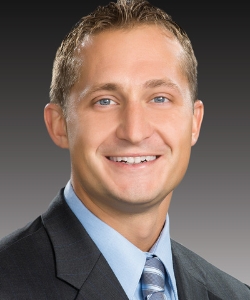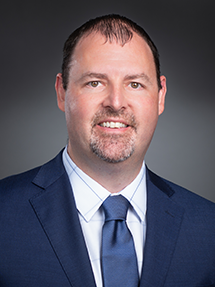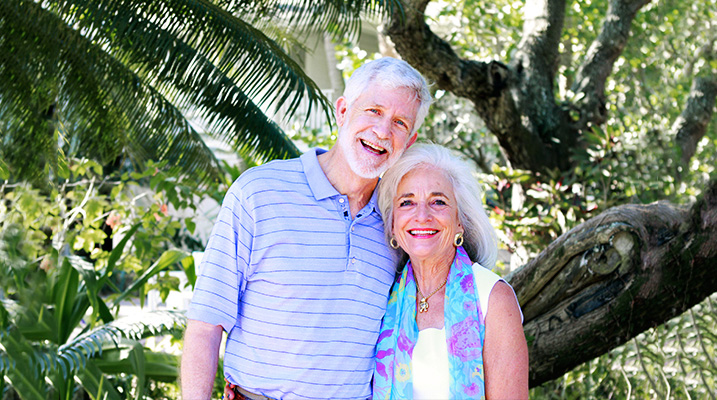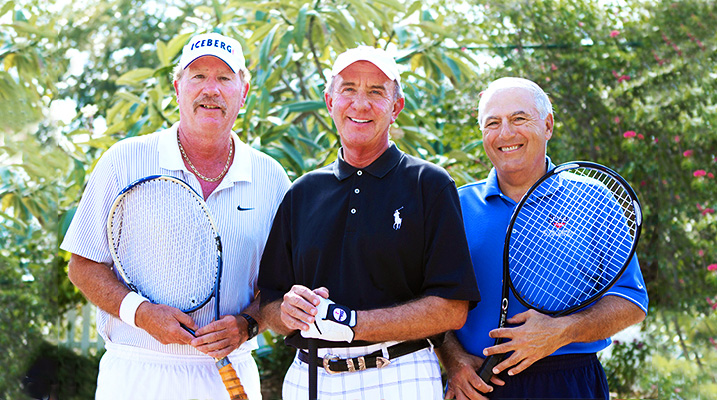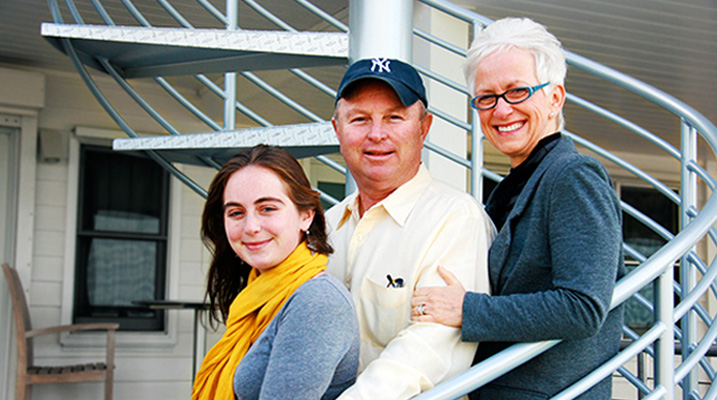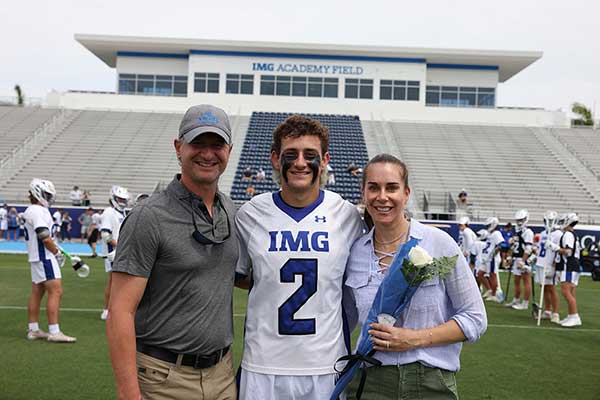Total Elbow Replacement
One potential solution for people experiencing severe elbow pain is total elbow replacement surgery. This procedure can help you return to normal activities at home or work and improve your daily functioning.
We’ll explore who needs this surgery, the risks involved, and discuss the details of the procedure and recovery. However, before making any decisions, you must understand all that comes with undergoing a total elbow replacement.
To learn more about elbow joint replacement, contact Sforzo | Dillingham | Stewart Orthopedics + Sports Medicine at 941.378.5100.

What Is Total Elbow Replacement?
In total elbow replacement surgery, the deteriorated humerus and ulna sections are swapped with different components. The prosthetic joint combines metal and plastic with two metallic stems; these extend into the hollow area in the bone known as canals.
You must speak with your doctor to determine the right elbow replacement, as numerous options are available. Partial replacements may be suitable in certain scenarios, while other components come in varying sizes that suit your needs. With so many choices, discussing them with a medical professional before making any decisions is best.
Who Needs An Elbow Joint Replacement?

If your elbow joint is irreparably damaged, or you’re experiencing severe pain preventing you from using your arm, consider a replacement surgery. Common causes of such harm include:
- Rheumatoid Arthritis – This is one of the most widespread inflammatory joint ailments. This condition causes inflammation and thickening of the synovial membrane that covers joints, resulting in cartilage erosion, pain, and stiffness. Left untreated, RA can significantly impair an individual’s physical health over time.
- Osteoarthritis – This is a degenerative type of arthritis (normally develops with age) that primarily impacts people over the age of 50. This condition causes the protective cartilage between your bones in the elbow to break down until they are rubbing directly against each other, resulting in stiffness and pain. The longer it goes untreated, the worse these symptoms become, so early attention is crucial.
- Posttraumatic Arthritis – After a severe elbow injury, such as fractures in the bones of the elbow joint or tears of surrounding tendons and ligaments, it’s possible for this type of arthritis to develop. Damage to articular cartilage over time can bring about pain and limit one’s ability to use their arm properly.
- Severe Fractures – If a person’s elbow is severely fractured or shattered beyond repair, they may be advised to undergo an elbow replacement. Putting the pieces of bone back together could prove too complicated for surgeons as it can affect blood supply and make healing more difficult. Replacing the entire joint may provide better stability for long-term functionality and health.

- Instability – When the ligaments connecting the elbow joint rupture, instability arrives.
Risks Associated With Total Elbow Replacement
Although uncommon, elbow replacement surgery could not reduce the discomfort completely. Also, this type of operation may fail to restore the full range of motion and strength in the joint. Therefore, in certain cases, a second surgical procedure might be required after an unsuccessful first attempt.
When considering elbow replacement surgery, it is important to note that potential risks and complications may include:
- Elbow replacement components may become worn or loosened after extended use, in which case a second surgery is necessary to replace them. Despite that, these components are incredibly durable and can last long with proper maintenance.
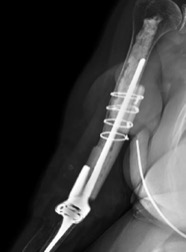
- Surgery can cause or exacerbate fractures of the elbow bones.
- Injury to the nerves in the area surrounding an implant can result in sensations of numbness, weakness, and pain.
- Deep tissue and incision site infections are common, necessitating surgical intervention.
How To Prepare For Elbow Joint Replacement?
Your orthopedic surgeon may request that you plan a thorough physical evaluation with your family doctor several weeks before surgery if you decide to have the surgery. Your doctor does this to ensure you are fit enough for the operation.
You should be open with your surgeon before the procedure and not be afraid to pose the following question:
- What type of implants do you recommend?
- How will post-surgical pain be managed?
- Are there any specific physical therapy exercises I should do?
- Will my activities or lifestyle drastically change after surgery?
- Am I in need of assistance at home during recovery?
Asking these sorts of inquiries before getting an operation can help set realistic expectations.
You must discuss the medications you are taking with your orthopedic surgeon before having surgery. It might be necessary to cease taking some medicines, like blood thinners, but only after consulting your primary care physician or cardiologist.
Surgical Procedure For Total Elbow Replacement

Your physician will make an incision (cut) at the back of your arm to gain entrance to the elbow joint. Then, they will delicately shift muscles aside for access to the bone and discard any scar tissue or spurs in that area. Afterward, both parts of the humerus must be readied for a metallic piece that will take its place on either side of the joint, applying this process onto the ulna region before closure.
The new stems are fitted into the humerus and ulna bones and held in place with a bone cement adhesive. Once inserted, they are connected by a hinge pin for added strength.
Recent advances in elbow replacements provide an alternative to traditional hinged implants. Non-linked replacements utilize the patient’s native ligaments, making them a viable option for those with no pre-existing ligament trauma. However, only some people are suitable for this surgery, and discussing your eligibility with your doctor before proceeding is important.
Once the incision is stitched up, protective padding is carefully placed to safeguard against additional harm as it recovers.
Post-surgery, some surgeons may insert a small tube in the joint to help drain away any fluid buildup. This temporary device can be easily removed within several days of the operation.
Following a successful total elbow replacement surgery, most patients experience an improved quality of life free from pain and enhanced with motion, strength, and function. You can perform all these basic activities, from getting plates out of cabinets to styling your hair or even bathing and dressing.
Recovery
Surgery can be uncomfortable, but it’s an unavoidable and normal part of the recovery process. Your doctor will recommend various medications, including opioids, to ease discomfort and hasten the healing process. In addition, the hospital’s caregivers are committed to ensuring you receive relief from the soreness brought on by the operation.
 An elbow replacement is destined for success with a thorough and well-structured recovery program. You will learn exercises to ward off stiffness, reduce swelling, and move your arm freely as the incision heals. To ensure optimal progress, you may attend therapy sessions or be instructed on conducting exercises independently by your physician.
An elbow replacement is destined for success with a thorough and well-structured recovery program. You will learn exercises to ward off stiffness, reduce swelling, and move your arm freely as the incision heals. To ensure optimal progress, you may attend therapy sessions or be instructed on conducting exercises independently by your physician.
After your surgery, you will likely have to wait about six weeks before being permitted to lift any weights or push against resistance with your hand.
Sforzo | Dillingham | Stewart Orthopedics + Sports Medicine’s fellowship-trained doctors have extensive experience in total elbow replacement surgery. Get in touch and find out if this procedure is right for you.



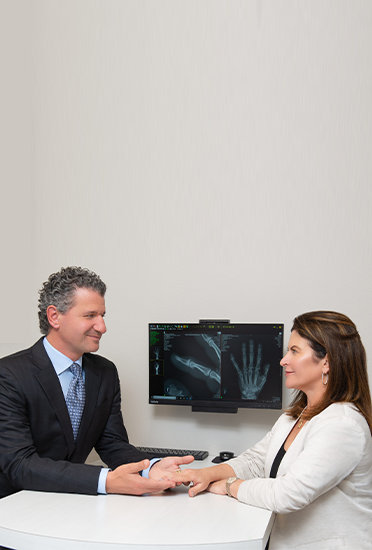










 An elbow replacement is destined for success with a thorough and well-structured recovery program. You will learn exercises to ward off stiffness, reduce swelling, and move your arm freely as the incision heals. To ensure optimal progress, you may attend therapy sessions or be instructed on conducting exercises independently by your physician.
An elbow replacement is destined for success with a thorough and well-structured recovery program. You will learn exercises to ward off stiffness, reduce swelling, and move your arm freely as the incision heals. To ensure optimal progress, you may attend therapy sessions or be instructed on conducting exercises independently by your physician.
